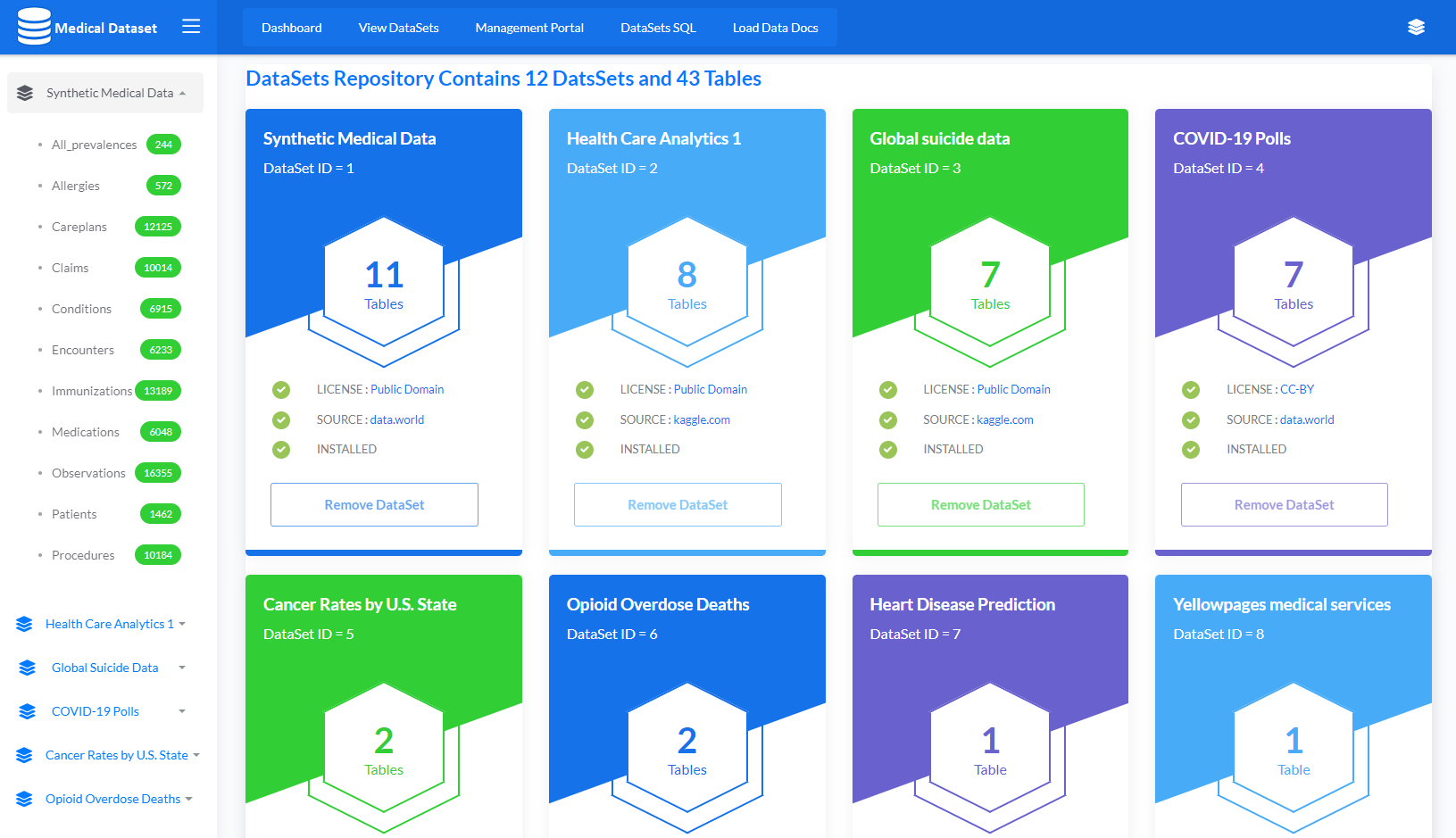Welcome, dear members of the community!
In this article we are going to demonstrate the great potential that IRIS/HealthConnect makes available to all its users with the use of Embedded Python and we are going to do it by developing a small production that will allow us to recognize and identify the faces present in a JPG file from some images that we will use as a reference.






.png)

